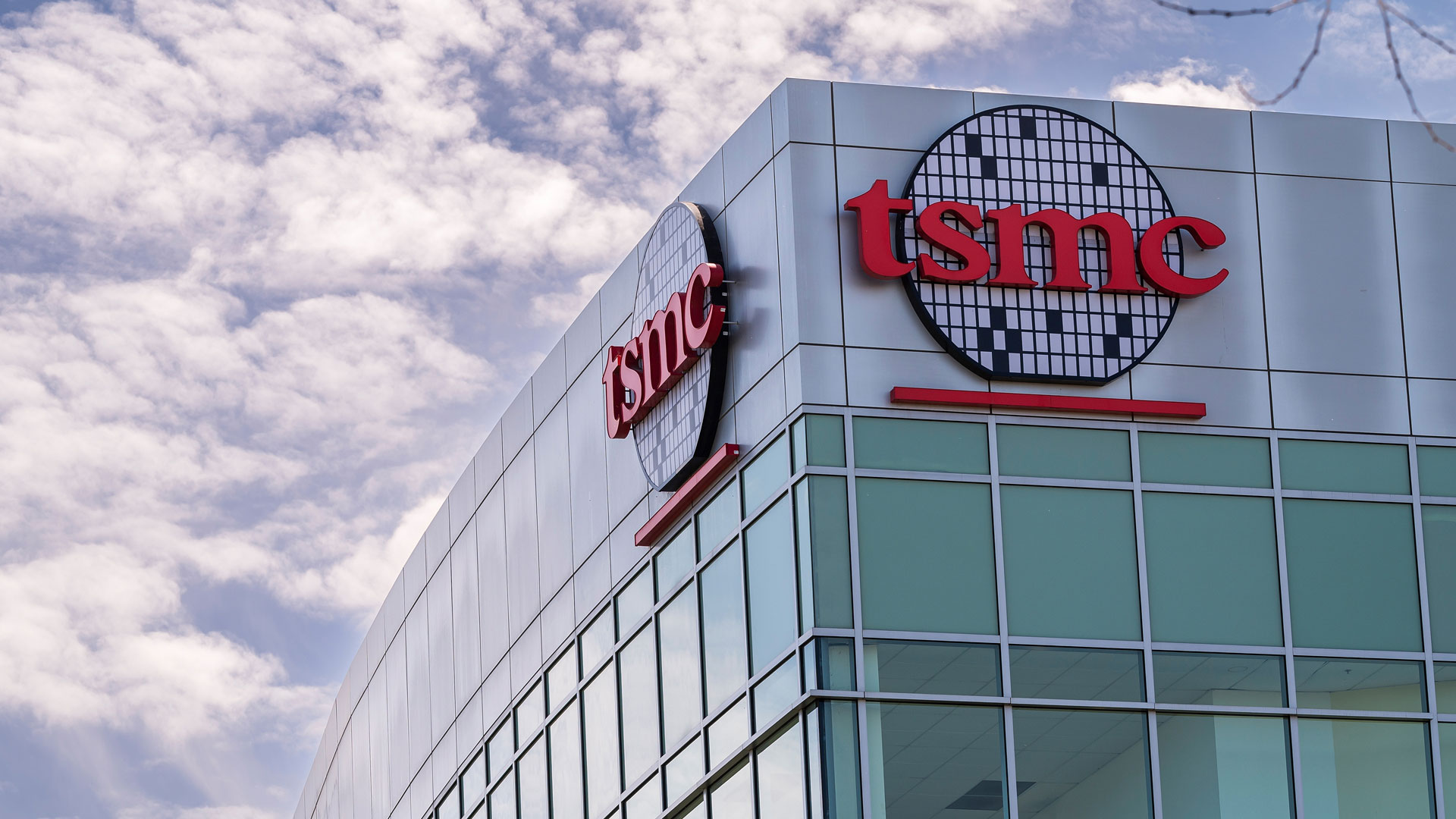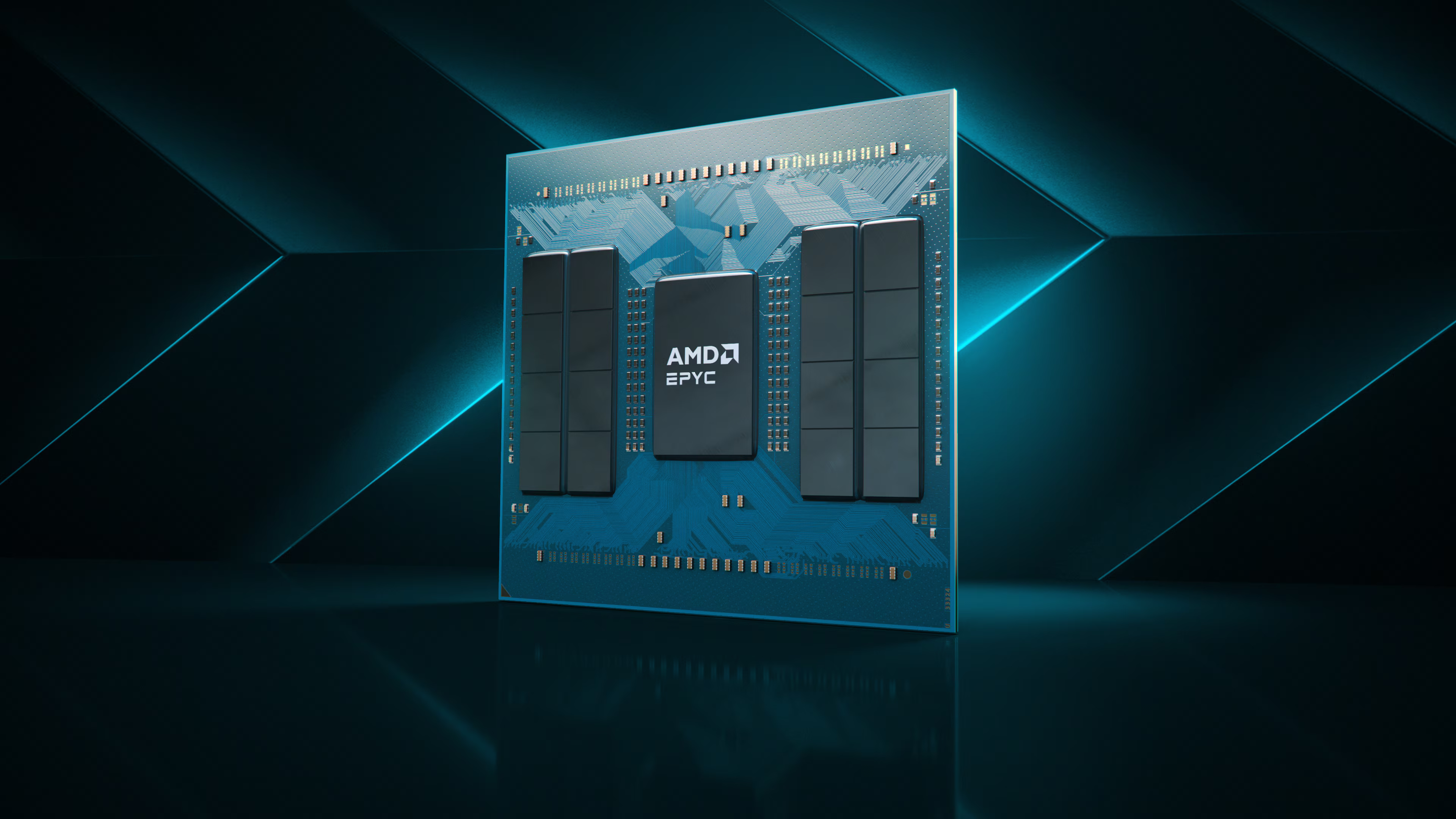ARM Announces ARMv8A-Based Cortex-A72, 16nm FF+ Process, Mali-T880 GPU

Chip IP designer ARM has announced what it deems to be a new high-end 64-bit CPU core, a new GPU core and a new fabrication process aimed squarely at the smartphone and tablet market, with some fairly noteworthy Asian partners including MediaTek, HiSilicon and Rokchip.
British-based ARM said its new ARMv8A-based Cortex-A72 processor (formerly codenamed "Maia") has significantly higher performance over the Cortex-A15 (and A57) or, alternatively, much lower power at the same performance levels.
Though the exact performance details weren't immediately clear, the company said it was a 3.5X performance increase over 2014 devices based on the Cortex-A15 processor, and a 50X increase compared to its premium chips five years ago. For reference, the current generation Cortex-A57 is up to 1.5X faster than the A15, also according to ARM.
Perhaps more importantly, however, is that ARM said the new core boasts a 75 percent reduction in energy consumption across the same workloads from 2014 devices and a frequency of up to 2.5 GHz while remaining inside the mobile power envelope on a 16nm FF+ process, and it's scalable to higher frequencies for deployment in larger form factor devices.
Speaking of processes, the firm said there would be an optimized version for TSMC's 16nm FinFET transistors, noting that this was "an important transition" and that ARM had been working closely with foundry partners to achieve "predictable performance." The new core, built on the new process, however, will apparently not show up in devices until either late 2015 or early 2016.
ARM said it already had "more than 10" partners signed up to use the Cortex-A72, but named only a select few Asian partners. It wasn't immediately clear whether Qualcomm, known to be developing its own high-end cores, was a partner.
Additionally, the firm announced a new CoreLink CCI-500 Cache Coherent Interconnect to allow for "higher system bandwidth, new CPU cluster configurations, and increasing system efficiency," as well as a new ARM Mali-T880 GPU with better mobile graphics (to cater to the 4K crowd) that still fits inside a narrow mobile power envelope.
Stay On the Cutting Edge: Get the Tom's Hardware Newsletter
Get Tom's Hardware's best news and in-depth reviews, straight to your inbox.
Nandan Nayampally, ARM's VP of marketing for the CPU Group, said the CCI-500 enabled the next generation of ARM's big.LITTLE architecture, and he stressed the importance of the supporting silicon infrastructure to the performance of the core, noting that performance and efficiency would be optimized when the Cortex-A72 CPU was combined with a Cortex-A53 CPU.
The goal, as always, is ever "slimmer, lighter, more immersive mobile devices," according to Pete Hutton, executive vice president and president, products groups at ARM.

While not citing any concrete performance figures, ARM noted its new offerings would provide more "immersive and sophisticated" image and video capture, including 4K video content and above, as well as game console-level performance and graphics; productivity suites that could fluidly handle documents and office applications; and natural language user interfaces capable of running natively on a smartphone.
In terms of the new CoreLink CCI-500 Cache Coherent Interconnect, ARM said the power savings came from an integrated snoop filter and double the peak memory system bandwidth compared to the previous-generation CoreLink CCI-400 technology. The firm said that when used with Cortex-A72 processors, CoreLink CCI-500 packed a further 35 percent improvement on memory transfer performance for more memory-intensive workloads such as video editing and multi-tasking.
The specs for the new Mali-T880 purport to deliver a 1.8X increase over the performance of today's Mali-T760 and a 40 percent reduction in energy consumption across the same workloads. The company also detailed native support for 10-bit YUV, full support for HEVC to deliver compressed HD video at lower bit rates, and scalability up to 4K resolution at 120 fps using the full eight cores. The display processor is also supposed to allow better capabilities for offloading tasks such as composition, scaling, rotation and image post-processing, which are aimed at saving battery life.
The company touted better time-to-market with its new POP IP package for advanced TSMC 16nm FinFET+, claiming any silicon vendor could now migrate from 32/28nm process nodes with predictable performance and power results fairly rapidly. It also stated that the package would enable Cortex-A72 processors to scale up to 3.0 GHz "for larger form-factor devices in typical conditions," as well as support implementations of the Mali-T880 for 16nm FinFET+.
Last but not least, ARM plugged Google Android L (5.0), saying it expected "significant adoption" of the platform on smartphones and tablets that were able to take advantage of the 64-bit ARMv8-A based CPUs.
Follow us @tomshardware, on Facebook and on Google+.
-
bit_user I'd sure like to see some benchmarks pitting this against Broadwell. ARM has long had an edge in performance per watt, but it sounds like they might be a serious contender in performance per MHz.Reply
-
erickmendes I wouldn't be surprised if by the end of 2015 ARM comes with a mobile SoC more powerful than XBOX One/PS4... Both consoles proudly suck hard... The hard-wired consoles archtecture cant compete with the fast renewal cycles of the CPU/GPU/SoCs from the desktop and mobile market.Reply -
jmonaco5 Erickmendes, the general public has no idea and will continue to buy consoles that are technologically inferior the day they are announced/launched......It does make it easier for game developers to pump out new titles for the same hardware for the next 5 years.Reply -
bit_user Reply
I'll grant you that four A72's at their maximum clock speed might surpass the 8 Puma cores in these consoles.15223069 said:I wouldn't be surprised if by the end of 2015 ARM comes with a mobile SoC more powerful than XBOX One/PS4...
But there's no way that a mobile GPU is going to surpass either console, anytime soon. Both in terms of memory bandwidth and raw compute, there's still a big gap between these GPUs and anything in the mobile space. The main issue is power consumption (and the corresponding heat dissipation). GPUs are already much more efficient than CPUs, and they're not constrained by a legacy instruction set the way x86 is. So, there's not much one can do to further improve on efficiency besides riding the process curve.
The second issue is that mobile platforms cant afford all the pins and traces you'd need for such a wide path to off-chip RAM. In 2016, we'll probably see this issue effectively eliminated by stacking HBM right in the SoC, itself. But it'll be a while longer before high-end mobile GPUs approach the shader counts or clock speeds of these guys.
-
bit_user Reply
The general public doesn't care. They buy consoles for the games. And developers have a much easier time optimizing games to run well on a couple specific, well-defined platforms. And as they gain experience, the games look better and better on the same hardware. I was impressed with some PS3 titles released in its final few years.15223139 said:he general public has no idea and will continue to buy consoles that are technologically inferior the day they are announced/launched......It does make it easier for game developers to pump out new titles for the same hardware for the next 5 years.
What's sad about XBox One and PS4 is that they launched with only the capabilities of a midrange gaming PC. Unlike the PS3 and XBox 360, which virtually leapfrogged the high-end gaming PCs at the time of their launch. So, I don't expect the current gen consoles to have as much longevity as the previous gen.
-
bit_user Reply
Ha ha, no. My workforce is spending all its timing idling away on THG.15231726 said:Do you fear that your workforce is spending all its timing idling away on Facebook?
: )











